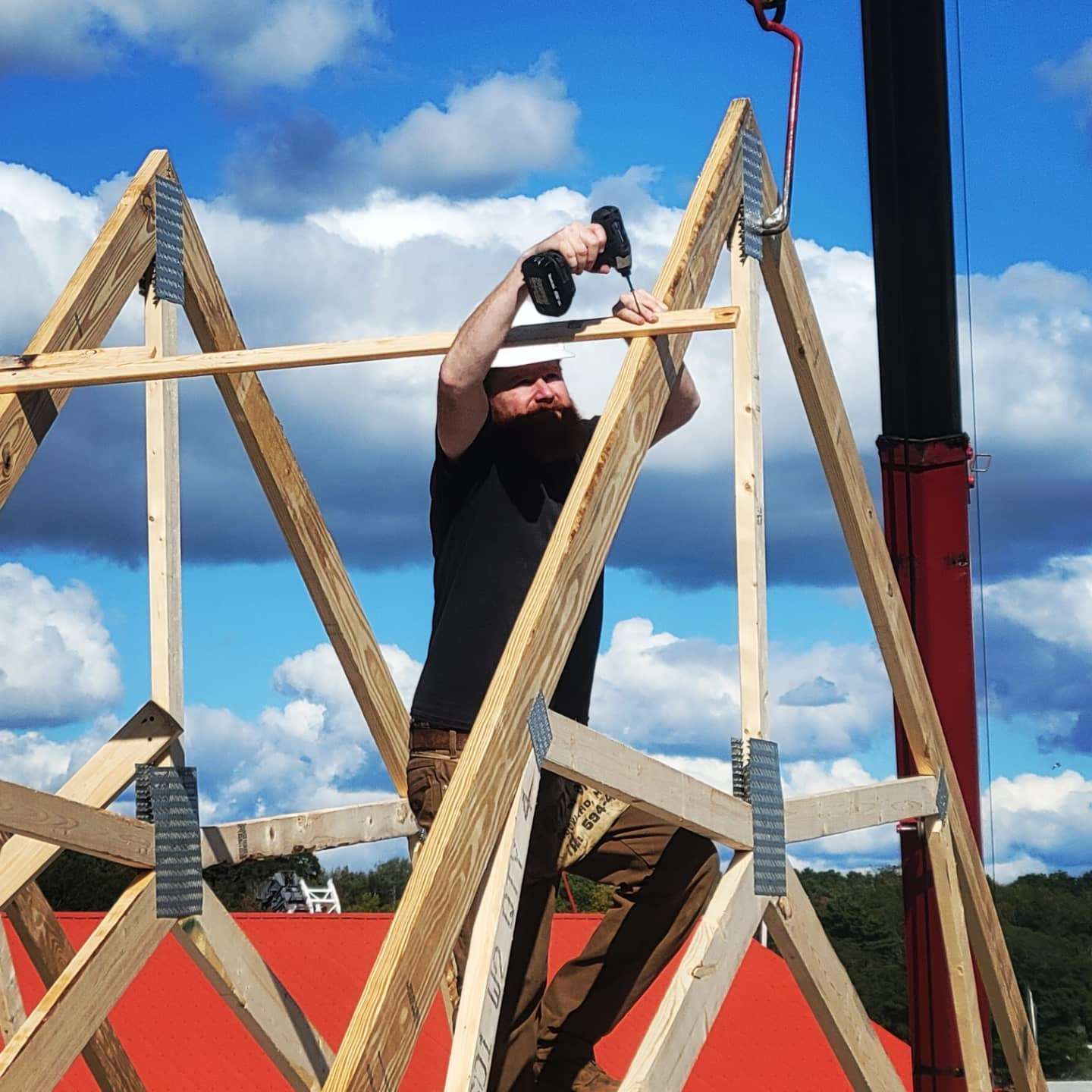
Maine boatbuilding firm tackles restoration of New Jersey's tall ship
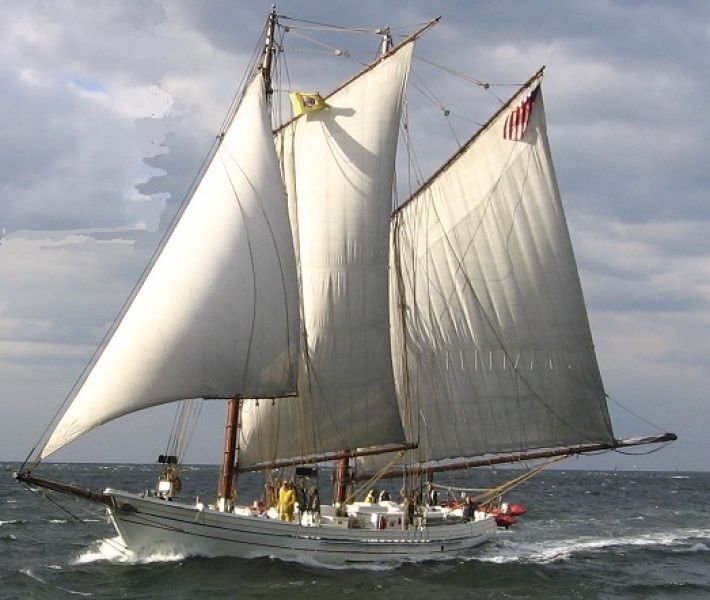 COURTESY / CLARK & EISELE, BAYSHORE CENTER AT BIVALVE
Maine-based Clark & Eisele Traditional Boatbuilding began restoration of AJ Meerwald, a 93-year-old Delaware Bay oyster schooner that’s New Jersey’s official tall ship.
COURTESY / CLARK & EISELE, BAYSHORE CENTER AT BIVALVE
Maine-based Clark & Eisele Traditional Boatbuilding began restoration of AJ Meerwald, a 93-year-old Delaware Bay oyster schooner that’s New Jersey’s official tall ship.
Lincolnville boatbuilding firm Clark & Eisele Traditional Boatbuilding began restoration this week of a traditional schooner that once plied Delaware Bay as part of the oyster dragging fleet.
The restoration will be done on the waterfront in Belfast.
The AJ Meerwald, as the 115-foot schooner is known, was built in 1928 on the Maurice River in southern New Jersey. It is New Jersey’s official tall ship and is listed on the National Register of Historic Places.
It is used for educational programming at the Bayshore Center at Bivalve in Port Norris, N.J., but is showing its age, according to Clark & Eisele.
“Over time, the wood starts to move as environmental conditions like rain and sun take their toll,” the firm’s co-owner Tim Clark, told Mainebiz. “The seams start to open, water gets in and that starts to do damage inside the boat.”
Long-time shipwrights
Clark and Garett Eisele started their firm four years ago after both worked separately in a number of capacities in the world of traditional boats, as both sailors and shipwrights.
“We‘ve worked together for years as contractors, working on similar projects but under the direction of other shipwrights,” said Clark. “We decided at a certain point that we could work together.”

As business partners, their bread and butter is historic vessel restorations and repairs, although they also take on other projects, including new small-boat construction.
Recent projects include restoration of an 83-foot-long sardine carrier, the Pauline, in Stonington. It was built in 1948, converted to motor yacht in the late 1980s, and is now owned by OceansWide, a marine education nonprofit focused on the Gulf of Maine.
Travel to the boat
Clark has a shop in Lincolnville. But because of size and nature of the vessels they work on, the work is often done where the boat is located.
For the Meerwald project, the partners leased a portion of waterfront land owned by the city of Belfast. The parcel is known as Belfast Yards and abuts Front Street Shipyard.
The lease began Sept. 1 and extends to June 1, 2022, with an option to extend up to three months.
Into the late 1970s, the Meerwald was operated first as an oyster boat and then as a clam dredger. It was donated to Bayshore Center at Bivalve in 1989 and underwent a complete rebuild in the 1990s.
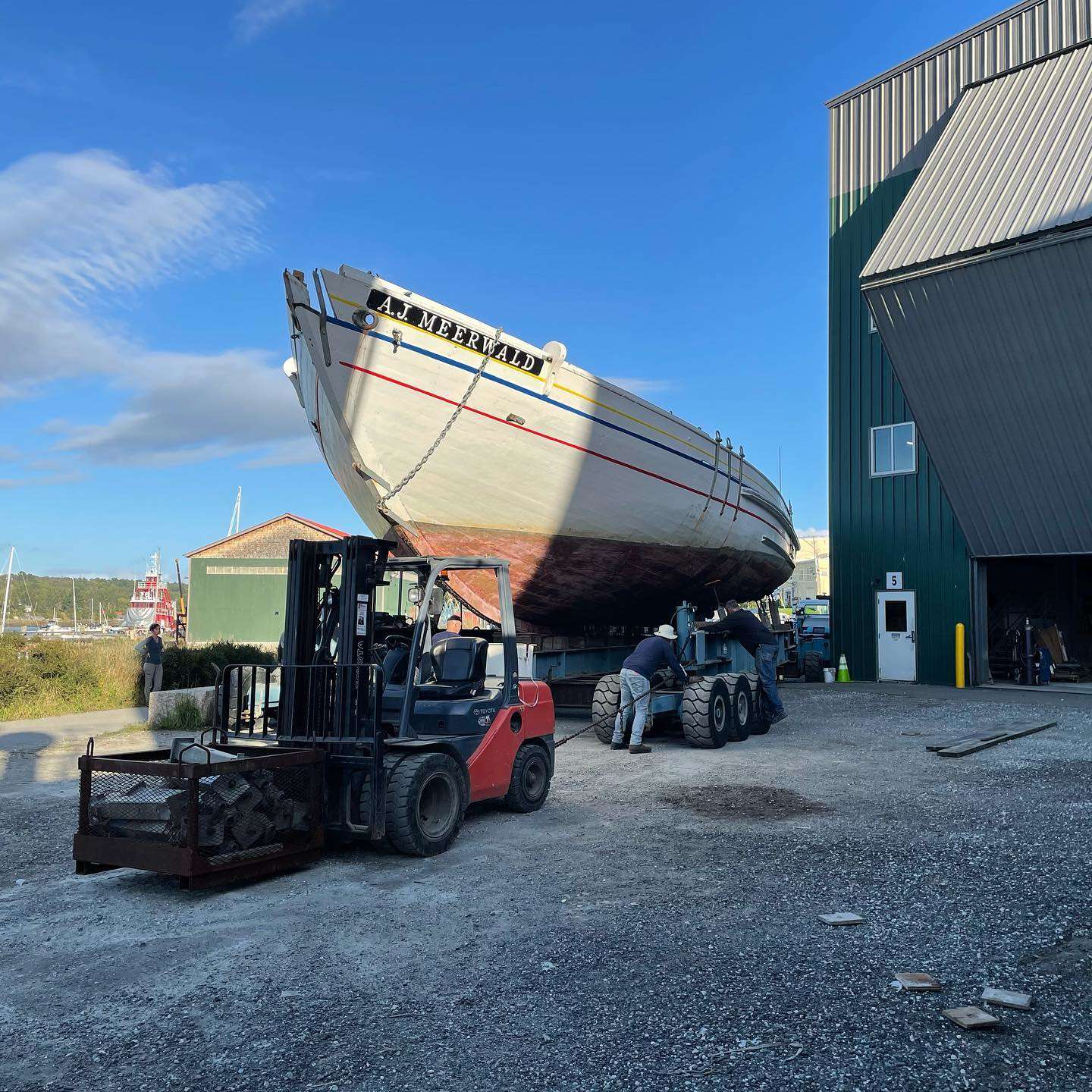
The vessel is primarily used to take school groups on environmental education trips.
Rendezvous with sister ship
The Meerwald’s New Jersey crew transported the boat to Belfast — mostly motoring, with a little sailing. The trip took just over a week. As part of the trip, they rendezvoused with similar schooners in Rockland, said Clark.
“One of the schooners, J&E Riggin out of Rockland, is a sister ship to the Meerwald,” he noted.
J&E Riggin is now a passenger vessel. It was built in the same shipyard as the Meerwald, but one year apart. Both fished the same waters for a number of years.
“They probably hadn’t been in each other’s company since that time,” Clark said. “So it was a cool opportunity.”
A day or two after the rendezvous, Meerwald arrived in Belfast and was hauled out by Front Street Shipyard. The New Jersey crew stuck around for a couple of days to help remove spars, masts, sails, equipment and the like from the boat, then headed home.
Transporting the boat to the leased property next door involved a bit of logistics. Clark & Eisele hired Massachusetts firm Brownell Trailers, whose specialties include trailering large vessels.
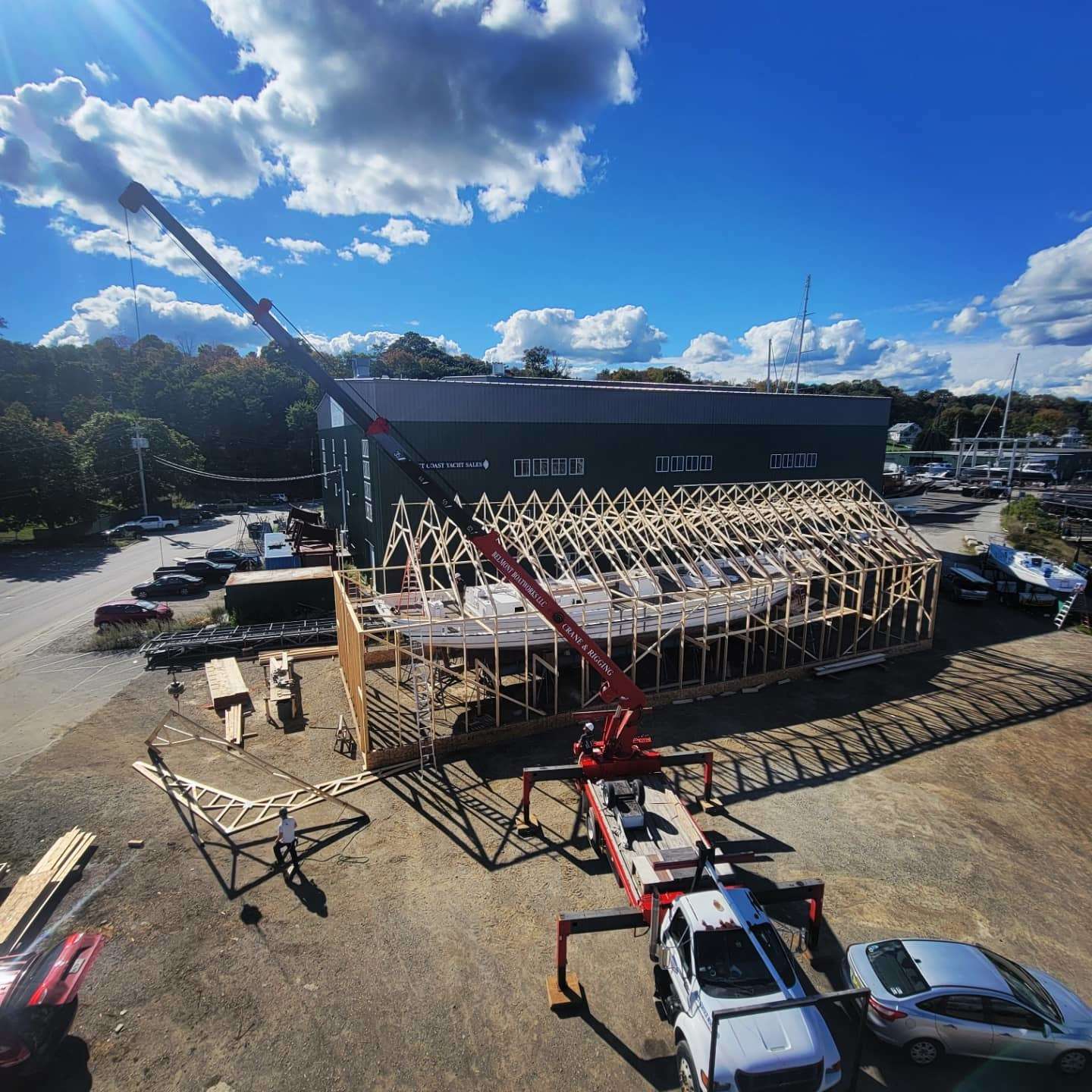
“They bring the components for their trailer on big trucks and assemble the trailer under the boat, then use winches and hydraulics to move the boat over the ground,” Clark said.
With the boat in its designated spot, the partners erected a temporary stick-framed structure shrink-wrapped with plastic around the boat, built staging and workbenches inside, hooked up electricity, and set up their tools.
It’s expected that the plastic roof will provide enough solar gain to keep the interior warm through the winter, he added.
Hiring employees
The partners hired four employees for the project. The complement includes three experienced shipwrights and an apprentice.
Their search for an apprentice generated a lot of interest.
“We had people applying from overseas,” said Clark. “We were fortunate enough that we could take our pick of people who ware fairly local. We were looking for somebody who had experience working on these boats as a sailor — they often have good entry-level skills to fit right in as a shipwright.”
Bayshore connection
Clark and Eisele connected with the Meerwald's New Jersey owner, the Bayshore Center at Bivalve, several years ago. At the time, the center was looking to bring in a shipwright consultant to assess the condition of the vessel and to propose any needed maintenance over the coming years.

One avenue that Bayshore used to advertise for a consultant was an online bulletin board hosted by a Newport, R.I., maritime organization, Tall Ships America.
“We happened to see that ad,” said Clark.
The two evaluated the boat, which was generally in good shape after the 1990s restoration. Clark and Eisele subsequently spent some time doing various repairs to the boat.
But now it time was for a major overhaul.
“Twenty-five to 30 years is about as much time you can get by with these big schooners before you need a major overhaul,” said Clark.
The boat’s hull is in very good shape and there’s not a lot to do below deck level.
But the upper hull and the deck, exposed to the elements, need work, he said.
“Our goal, as we describe it, is akin to putting a new roof on a house,” he said. “That basically means we’ll replace everything on top of the boat — the cabin trunks, the rails on the side of the boat, the deck, and all the associated wood.”
The work involves removing everything at deck level, which will also allow the crew to inspect for damage that might have occurred in the deck and hull frames.
Then all of the wood components will be rebuilt. Most of the hardware will be salvaged, refurbished and reinstalled.
The $850,000 project is part of an overall $1.35 million restoration that began two years ago, said Brian Keenan, executive director of the Bayshore Center at Bivalve.
Wood replacement
Clark and Eisele worked closely with the New Jersey Historic Trust on their plan for the restoration, which must meet certain criteria for historical vessels, said Clark.
“Anywhere we strayed from original materials, we had to present our case,” he said. “We did stray from a species of wood that was originally used.”
That’s because local pine species that were available during the vessel’s original construction and 1990s restoration are no longer easy to find in quantity. Instead, the project will primarily use Alaskan cedar imported from the West Coast.
“It comes in very large dimensions and it’s very clear stock,” Clark said. “It’s beautiful wood and it’s easy to acquire mass quantities.”
The boat also originally used white oak, which remains readily available today and will be used to build structural members such as hull framing.
Eventually, the project be on view to the public.
“We’re hoping to open the building occasionally to public tours,” said Clark. “We don’t know yet exactly when that will take place.”
It’s expected the project will be completed by next June.
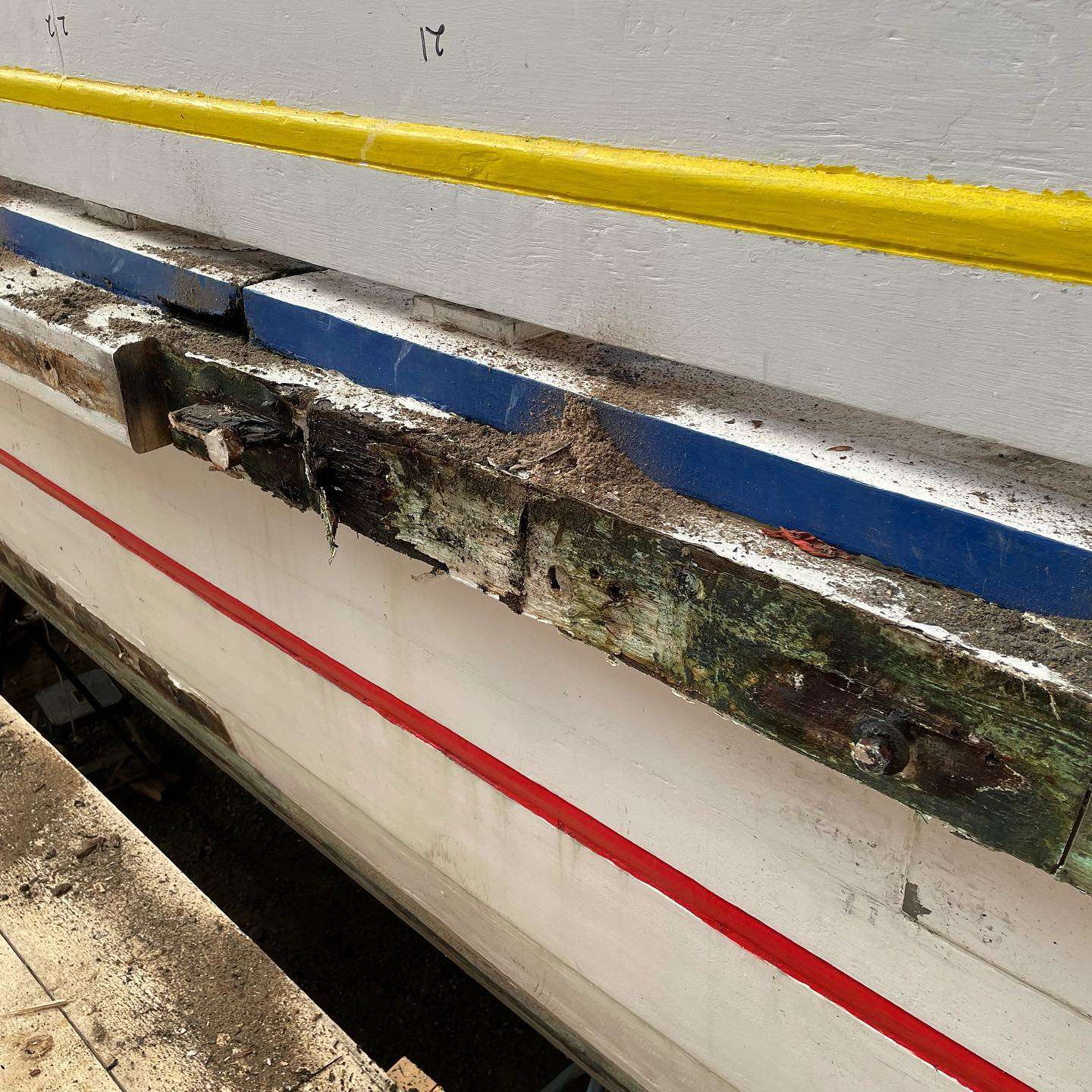










0 Comments